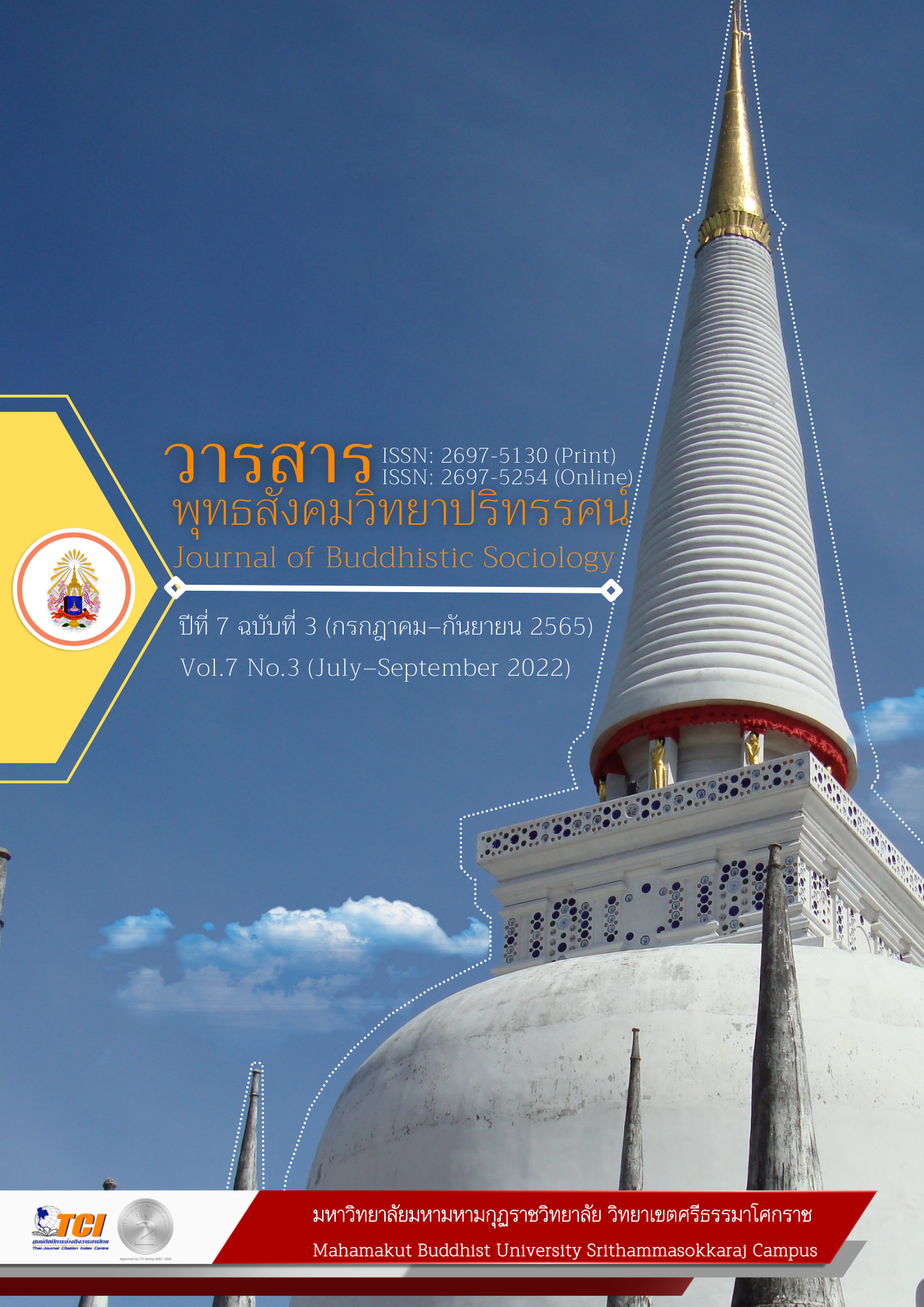พัฒนาการและความสำคัญของแนวคิดทฤษฎีกระแสหลัก
Main Article Content
บทคัดย่อ
บทความเรื่องพัฒนาการและความสำคัญของแนวคิดทฤษฎีกระแสหลัก มีวัตถุประสงค์เพื่อนำเสนอถึงพัฒนาการแนวคิดและทฤษฎีกระแสหลักของสาขาวิชาความสัมพันธ์ระหว่างประเทศที่ประกอบไปด้วยทฤษฎีสัจนิยมแบบดั้งเดิม ที่มองมนุษย์และโลกในแง่ร้าย รัฐเป็นตัวแสดงที่สำคัญที่สุด มุ่งเน้นผลประโยชน์แห่งชาติ ทฤษฎีสัจนิยมแบบใหม่ ที่รัฐอยู่ในสภาวะของอนาธิปไตยโดยแบ่งแยกอนาธิปไตยของการเมืองระหว่างประเทศ กับอนาธิปไตยของการเมืองภายในรัฐออกจากกัน การเมืองภายในรัฐ มีอำนาจศูนย์กลางเป็นผู้ใช้อำนาจบังคับในการควบคุมดูแล ทฤษฎีเสรีนิยม ที่มองโลกในแง่ดีเชื่อในเหตุผลของมนุษย์ เน้นสันติภาพและความร่วมมือ ผลประโยชน์สาธารณะ คุณธรรม ศีลธรรม จริยธรรมเป็นที่มาของกฎหมายระหว่างประเทศและองค์กรระหว่างประเทศ และเสรีนิยมใหม่ ที่เน้นความร่วมมือกับผลประโยชน์ร่วมกันของรัฐ โดยรัฐร่วมกันใช้เครื่องมือทางการทูต เพื่อลดความขัดแย้งอันเป็นที่มาของการเผชิญหน้าและสงคราม เพื่อสร้างสันติภาพให้เกิดขึ้น แนวคิดของทฤษฎีกระแสหลัก จึงมีความสำคัญต่อการศึกษาและอธิบายถึงความสัมพันธ์ระหว่างประเทศ การเกิดขึ้นของขบวนการโลกาภิวัฒน์ที่ส่งผลให้แนวความคิดทฤษฎีกระแสหลักถูกนำมาตั้งคำถามทางวิชาการ เพื่อใช้ในการอธิบายและทำความเข้าใจต่อปรากฏการณ์ทางการเมืองและการเมืองระหว่างประเทศ
Article Details

อนุญาตภายใต้เงื่อนไข Creative Commons Attribution-NonCommercial-NoDerivatives 4.0 International License.
เอกสารอ้างอิง
กรชวัล ศรีศักดา. (2561). พฤติกรรมทางการเมืองภายในของประธานาธิบดี วลาดีมีร์ ปูติน ในช่วง ค.ศ. 2012-2018 กรณีศึกษาภายหลังกสรปรับเปลี่ยนรัฐธรรมนูญ. ใน ภาคนิพนธ์ศิลปศาสตรบัณฑิต สาขาวิชารัสเซียศึกษา. มหาวิทยาลัยธรรมศาสตร์.
ขจรศักดิ์ สิทธิ. (2551). แนวคิดทฤษฎีความสัมพันธ์ระหว่างประเทศกระแสหลัก. นนทบุรี: มหาวิทยาลัยสุโขทัยธรรมาธิราช.
วิทยาลัยป้องกันราชอาณาจักร. (2560). แนวคิดทฤษฎีความสัมพันธ์ระหว่างประเทศ. เรียกใช้เมื่อ 14 มกราคม 2564 จากhttp://www.dsdw2016.dsdw.go.th/Doc_pr/ndc_2560-2561/pdf/8527st/5.บทที่%202.pdf
ศิพิมพ์ ศรบัลลังค์. (2562). บทสำรวจทฤษฎีความสัมพันธ์ระหว่างประเทศเบื้องต้น. วารสารนิติศาสตร์ มหาวิทยาลัยอัสสัมชัญ, 10(1), 53-77.


